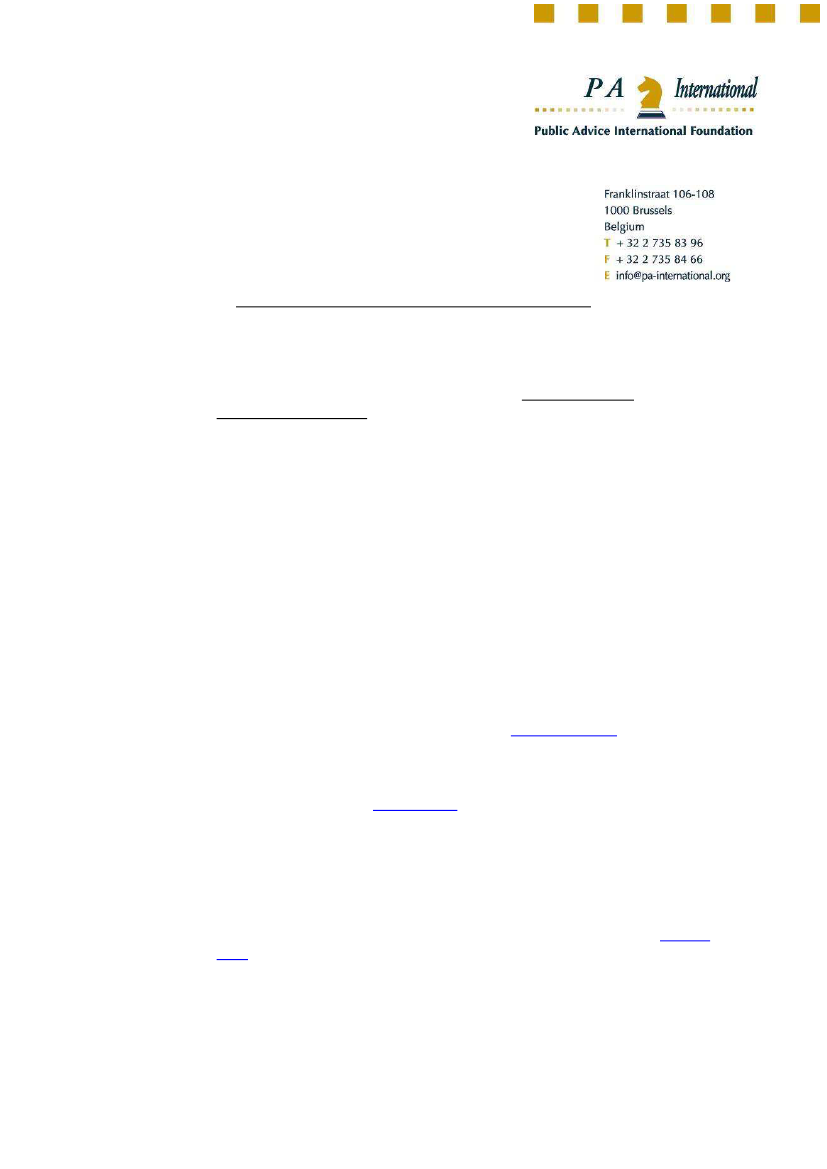
Date:
Ref. nr.:
27 October 2020
20.39167
PHARMACEUTICAL POLLUTION IN INDIA AND EU’S ROLE
Introduction
India is among the countries worst affected by antimicrobial resistance (AMR),
with over 58,000 newborns estimated to die from drug-resistant infections
annually. One, often overlooked cause of AMR is
pollution from the
pharmaceutical industry.
Antibiotic residues from manufacturing plants enter
the environment in the form of wastewater and have been found in lakes,
streams and wells, leading to a high level of resistant bacteria. Few EU
pharmaceutical companies set discharge limits for external waste-treatment
sites, and none disclose active pharmaceutical ingredient (API) levels in
discharged wastewater. To this day, drug manufacturers continue pumping
huge quantities of inadequately treated pharmaceutical waste into the
environment (The Parliament Magazine, 2016). This excerpt will demonstrate
how a lack of transparency and regulation in the EU damages vulnerable
communities in India, for the sake of pharmaceutical industry profitability.
Impacts of pharmaceutical pollution on communities and environment in
India
As India is a low-cost manufacturing destination for multinational drug
companies, it acts as the major supplier to Europe and is home to many EU
pharmaceutical factories. The EU is completely dependent on third countries to
supply its own pharmaceutical market. In particular,
90 % of APIs
for generic
medicines are sourced from India (and China). (Parliament,
2020)
By
consequence, this dependence has accelerated pharmaceutical pollution in
many Indian cities and towns, damaging the land, water, food, and health.
Worse, pharmaceutical waste directly contributes to antibiotic contamination
further increasing AMR. (Nordea,
2016)
For instance, in the town of Bonthapalle, villagers avoid eating any food that
was grown in their own area. They are concerned for all the health problems at
play linked to such high pollution levels, notably miscarriages, cancers, and
deaths of livestock. Due to highly contaminated water, wells are dug far from
the town. Villagers who complain about the constant damage of pollution are
threatened by local police, who are complicit with the factory owners. (Nordea,
2016)
Another city, Hyderabad, is known as
the city drowning in
pharmaceutical pollution
. Villagers explain that if you drink the water, you
feel nauseas and have immediate diarrhoea. There used to be fish in the lakes;
however, wastewater from drug companies leaks into lakes and results in the
1.
2.
3.